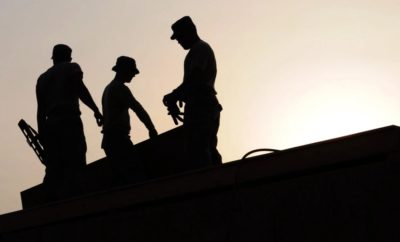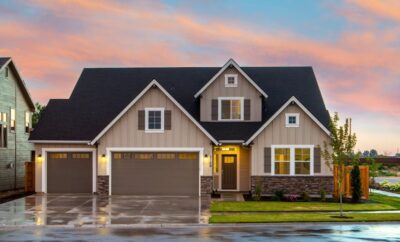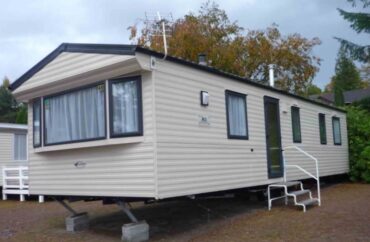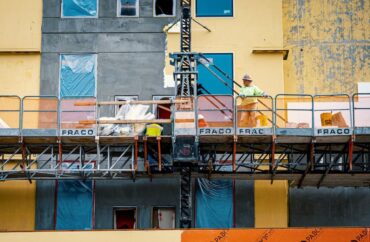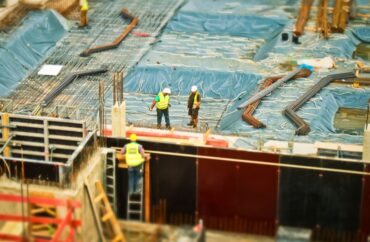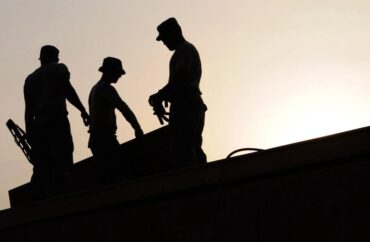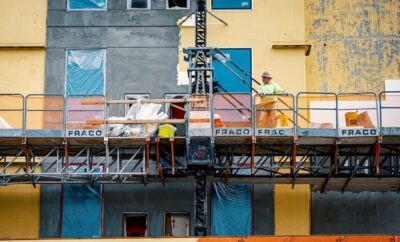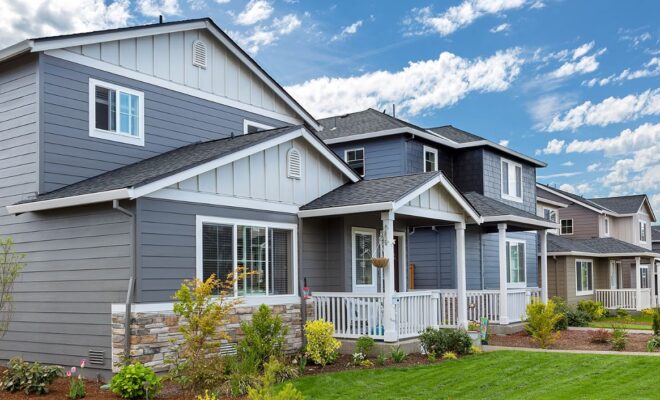
NAHB: Multifamily Developer Confidence in Positive for Second Quarter
According to the National Association of Home Builders (NAHB) Multifamily Market Survey (MMS), confidence in the market for new multifamily housing was positive in the second quarter.
The MMS generates two distinct indices. For the second quarter, the Multifamily Production Index (MPI) was 56, while the Multifamily Occupancy Index (MOI) was 89.
On a scale of 0 to 100, the MPI assesses builder and developer attitude on current production conditions in the apartment and condo market.
The index and all of its components are scaled so that a figure greater than 50 indicates that more respondents report favorable conditions than report poor conditions.
The MPI is a weighted average of four important market segments: three for built-for-rent (garden/low-rise, mid/high-rise, and subsidized) and one for built-for-sale (or condominium).
The study asks multifamily builders to rank the current market conditions for multifamily starts in their markets as “excellent,” “fair,” or “bad.”
For the second quarter, the component measuring garden/low-rise units was 64, the component measuring mid/high-rise units was 47, the component measuring subsidized apartments was 55, and the component measuring built-for-sale units was 45.
On a scale of 0 to 100, the MOI assesses the multifamily housing industry’s perception of occupancies in existing apartments. The index and all of its components are scaled so that a figure greater than 50 indicates that more respondents report good occupancy than low occupancy.
The MOI is a weighted average of three market groups for built-for-rent housing (garden/low-rise, mid/high-rise, and subsidized).
The study asks multifamily developers to rank the current occupancy of existing rental apartments in markets where they operate as “good,” “fair,” or “poor.”
The component measuring garden/low-rise units had a reading of 91 in the second quarter, the component measuring mid/high-rise units had a reading of 83, and the component measuring subsidized units had a reading of 91.
In the first quarter of 2023, NAHB updated the MMS to make it easier to comprehend and more comparable to the NAHB/Wells Fargo Housing Market Index for single-family dwellings.
Because the old version of the MMS series cannot be compared to the current quarter’s results, the revised tool invited builders and developers to compare current market circumstances in their areas to three months ago, using a “better,” “about the same,” or “worse” scale.
70% of respondents stated the market is “about the same” as it was three months ago.
“Multifamily housing demand remains solid, however, there are headwinds limiting new development in many parts of the country,” Lance Swank, president and CEO of Sterling Group, Inc. in Mishawaka, Indiana, and chairman of the NAHB’s Multifamily Council, stated.
“Reduced availability of credit for new construction, problems getting projects approved and significant increases in operating expenses are hampering new multifamily development. Property, casualty and liability insurance has emerged as a major issue facing the multifamily industry, further constraining new supply.”
“Demand for multifamily housing is being supported by the low availability and high cost of single-family homes on the market, although multifamily development faces many of the same supply-side challenges as single-family,” NAHB Chief Economist Robert Dietz said.
“On balance, we forecast that multifamily starts will decline during the second half of 2023 due to tight financing conditions and local concerns over supply.”


